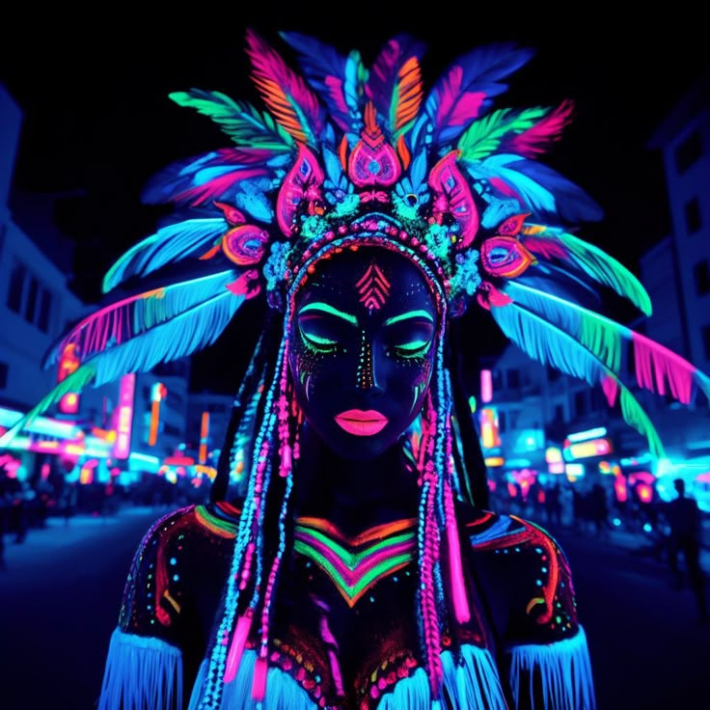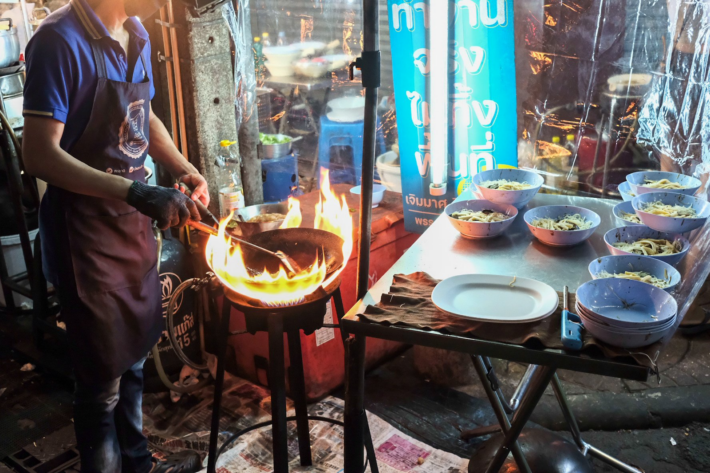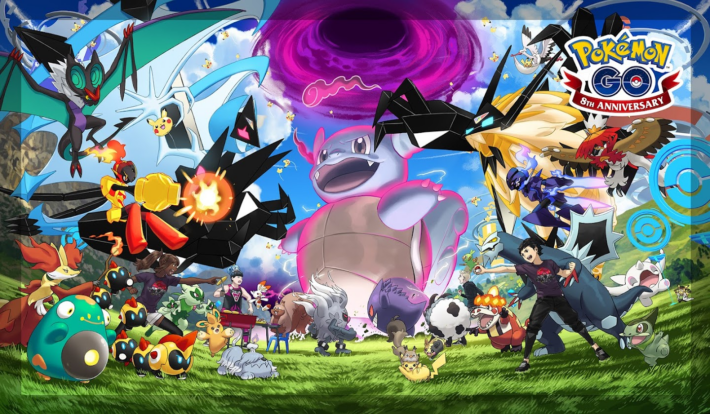The New Rules of Influence: From Popularity to Impact
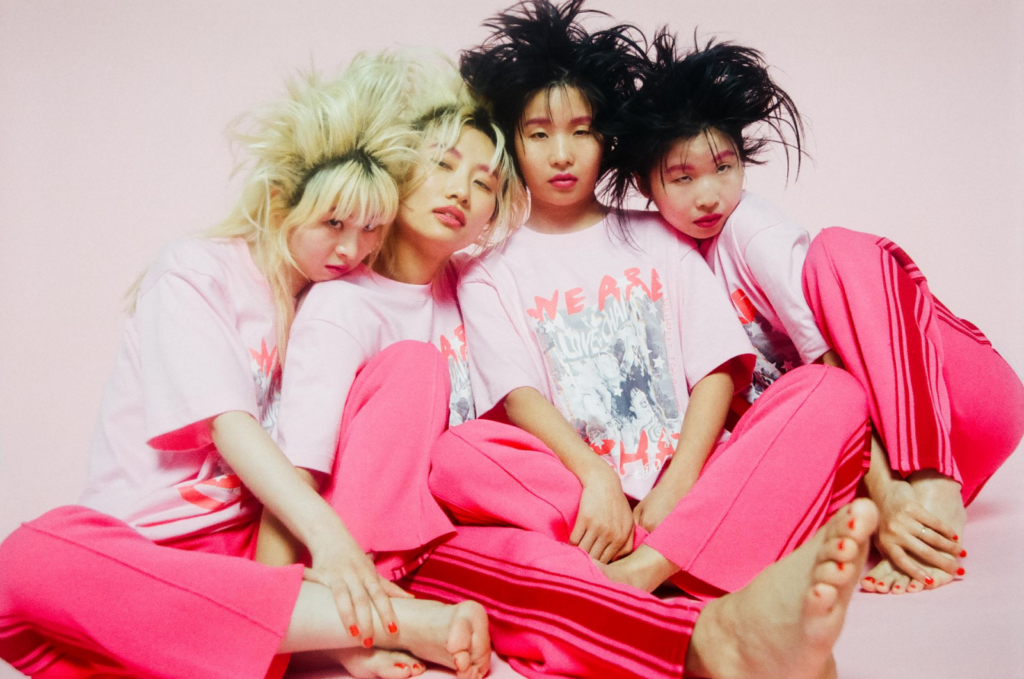
The Clout Economy is Crumbling
Over the past decade, influence was predominantly measured by metrics such as followers, likes, and engagement rates. Brands invested heavily in influencers who could command attention, regardless of their expertise or authenticity. However, this landscape is undergoing a significant transformation.
Today, amassing millions of followers no longer guarantees power or trust. Audiences have become more discerning, algorithms are evolving, and brands are reallocating their budgets to seek deeper connections beyond superficial reach.
Case in point: The decline of traditional influencer marketing:
• In 2024, macro-influencers (those with over 100K followers) saw significantly lower engagement rates, averaging just 0.61%, compared to 1.73% for nano-influencers (1,000–10,000 followers) across platforms like Instagram, TikTok, and YouTube.
• Meanwhile, 84.8% of brands consider influencer marketing effective, with 36% stating that influencer-created content outperforms brand-generated content, leading to a shift towards more authentic, niche collaborations.
• Major brands such as Adidas, Nike, and Gucci are moving away from generic influencer deals, opting instead to collaborate with cultural insiders who shape trends behind the scenes.
The new era of influence prioritizes impact over mass appeal.
Let’s delve into the three emerging archetypes of influence that are redefining the future.
The 3 New Archetypes of Influence
1. The Cultural Gatekeepers: Power Behind the Curtain
Cultural gatekeepers are individuals who create trends that go viral, rather than merely chasing virality. They include stylists, curators, community leaders, and underground tastemakers who define what’s cool before it hits the mainstream.
Case Study: MINISO’s Reinvigoration of China’s Intangible Cultural Heritage
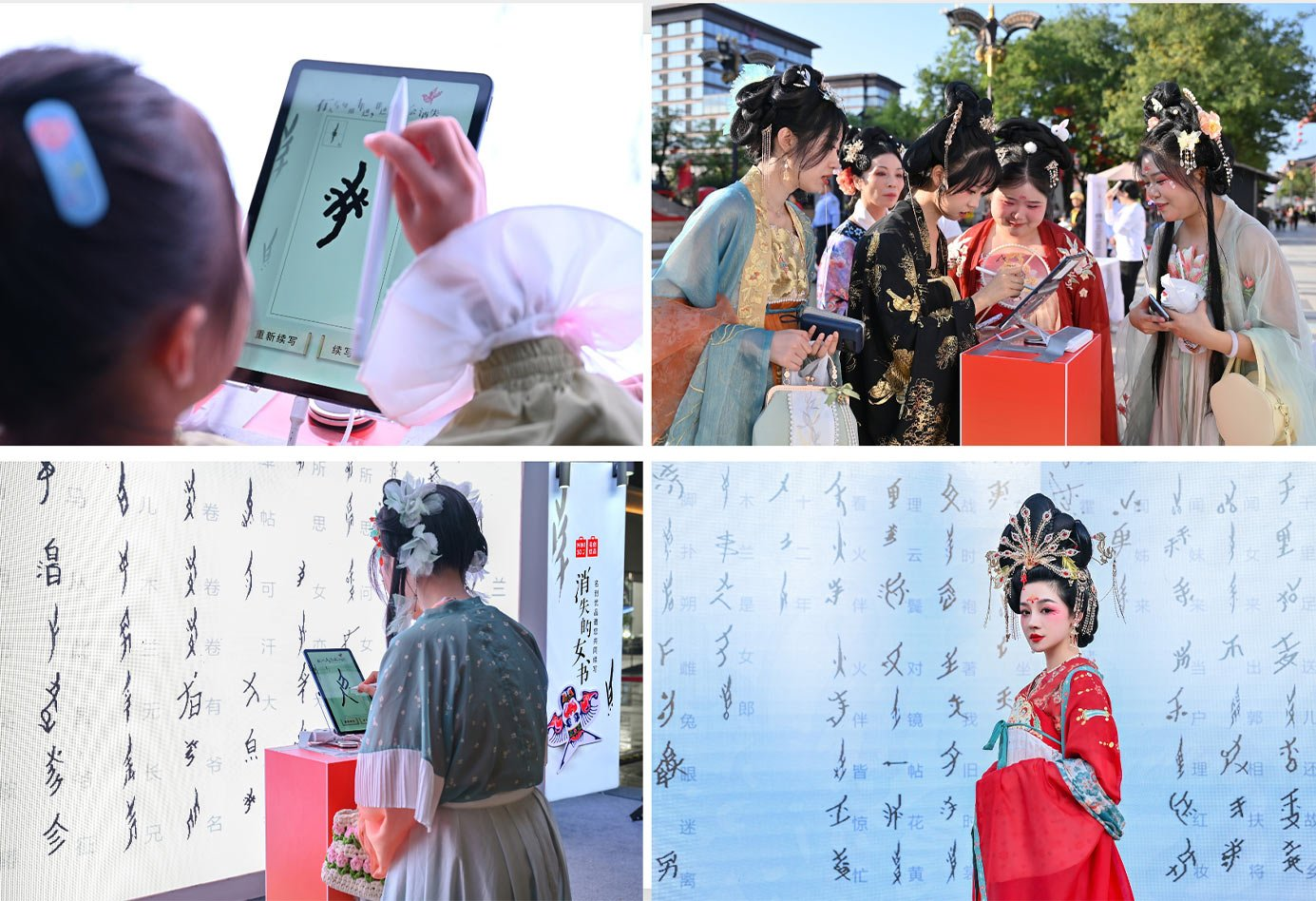
MINISO, a Chinese lifestyle retail brand, launched a campaign to revitalize traditional Chinese arts, integrating them into modern products.
• By collaborating with local artisans and incorporating elements like Jiang Yong Nüshu (a script used exclusively by women), Chinese paper-cutting, and Cao’s kites into their products, MINISO bridged the gap between heritage and contemporary consumerism.
• Impact: This initiative not only preserved cultural traditions but also made them relevant to younger generations, showcasing that true influence stems from cultural roots, not just widespread reach.
Key Takeaway: To harness genuine influence, brands should engage with individuals and communities who set trends, not merely those who follow them.
2. The Digital Prophets: Architects of Internet Culture
Digital prophets are not traditional influencers; they are analysts, meme creators, and trend forecasters who predict and shape the internet’s next big moments. Brands and media outlets turn to them to understand and navigate contemporary culture.
Case Study: Mixue’s Expansion into Southeast Asia

Mixue, a Chinese food and beverage brand, strategically entered Southeast Asian markets by offering affordable products tailored to local tastes.
• Utilizing efficient online marketing and automation, Mixue quickly established a strong presence, challenging established Western brands.
• Impact: By understanding and predicting local consumer preferences, Mixue effectively positioned itself within the digital landscape, demonstrating that anticipating trends is more valuable than merely reacting to them.
Key Takeaway: In 2025, influence is about anticipating trends before they emerge, rather than merely reacting to them
3. The Hybrid Creators: Builders, Not Just Broadcasters
Hybrid creators are next-generation influencers who merge storytelling, business acumen, and technology to develop entirely new platforms. They don’t just promote culture; they actively build it.
Case Study: Demna’s Appointment at Gucci
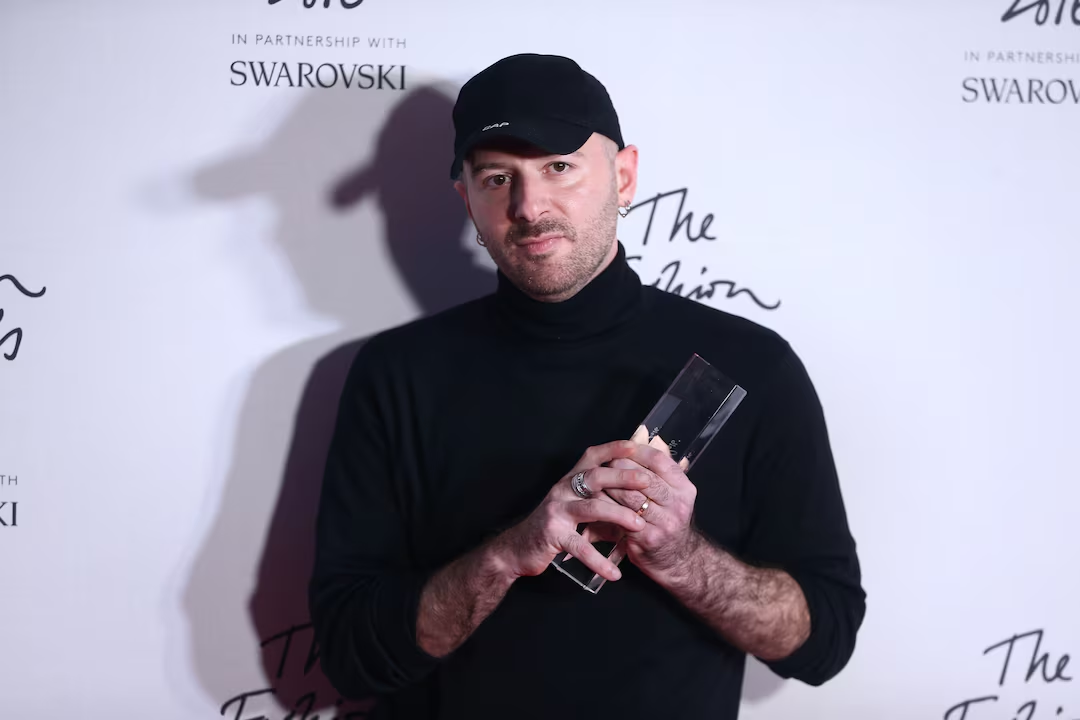
Demna, known for his transformative work at Balenciaga, was appointed as Gucci’s new creative director, aiming to blend modernity with Gucci’s heritage.
• His approach has the potential to redefine Gucci’s brand, appealing to younger audiences while honoring traditional elements.
• Impact: By integrating innovative design with established brand identity, Demna exemplifies how hybrid creators can build ecosystems that resonate deeply with their audiences.
Key Takeaway: True influence now involves creating your own platforms and ecosystems, rather than relying solely on existing ones.
Why Brands Are Shifting Their Approach
The traditional model of paying influencers for broad reach is becoming obsolete. Brands are now seeking to tap into niche cultural movements and recognize that the future of marketing belongs to those who shape culture, not just participate in it.
Example: Chanel’s Commitment to Diversity
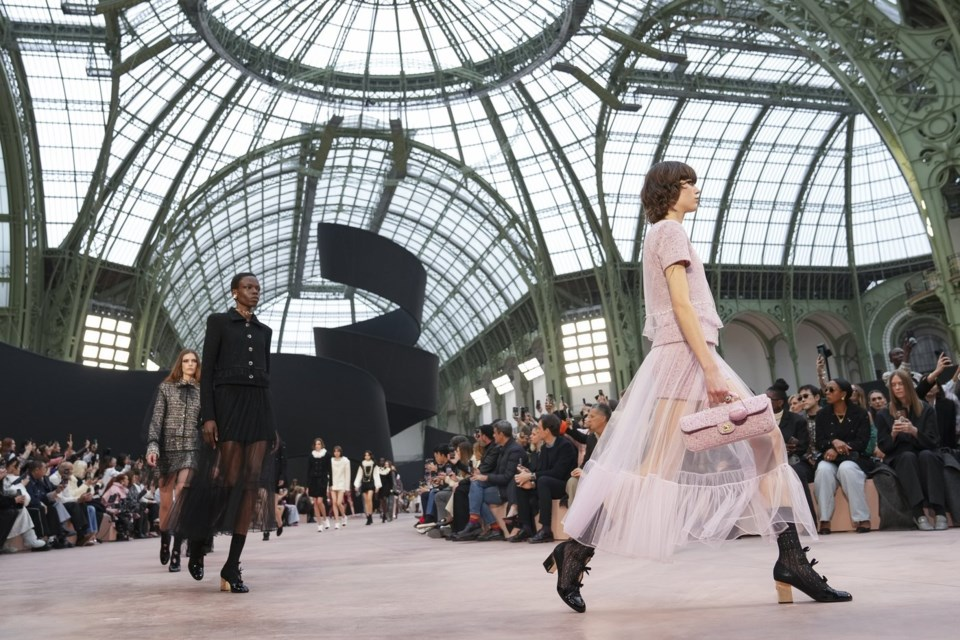
Chanel’s recent fashion show not only showcased stunning collections but also highlighted the brand’s commitment to diversity, featuring ambassadors like Lupita Nyong’o and engaging in cultural initiatives in sub-Saharan Africa.
• Impact: By authentically engaging with diverse cultures, Chanel strengthens its brand identity and fosters deeper connections with a broader audience.
What this means:
• The future of influence is about embedded cultural capital, not just digital reach.
• Micro-communities hold more value than macro-audiences.
• Credibility outweighs mere visibility.
The Shift from Popularity to Impact
For years, influence was defined by visibility—the more followers, the more power. But the rules have changed. In 2025, influence is about depth, credibility, and cultural intelligence rather than just numbers.
Brands and individuals that once relied on sheer digital reach are now facing a stark reality: audiences demand substance, not spectacle. Today’s consumers are more skeptical, more discerning, and more resistant to inauthentic marketing than ever before.
Let’s break down the key shifts happening in this new era of influence:
1. From Broad Reach to Embedded Cultural Capital
Old influence models relied on mass exposure—who could go viral, who had the biggest following, who could generate the most buzz. But in 2025, the most powerful voices are those that are deeply embedded in cultural movements.

Take Japan’s “Neo-Kawaii” movement—a modern reinterpretation of traditional Kawaii (cute) culture infused with punk aesthetics and tech-inspired futurism. Unlike past trends driven by mainstream celebrities, Neo-Kawaii is powered by underground designers, niche fashion communities, and cultural historians who have reshaped Japan’s global aesthetic appeal. Brands like Nike Japan and Uniqlo have tapped into these micro-movements by collaborating with local subcultural leaders, proving that true influence today comes from cultural architects, not digital celebrities.
Lesson: Influence is no longer about speaking to the largest audience but about having the deepest connection with the right audience.
2. From Momentary Virality to Lasting Credibility
Virality is fleeting. A trending sound, a meme, a viral tweet—these capture attention but rarely build long-term influence. In contrast, credibility lasts.
Consider South Korea’s rise as a global cultural powerhouse. The Hallyu wave (Korean Wave) didn’t explode overnight—it was a strategic, decades-long cultural export fueled by government investment, global fan communities, and an ecosystem that supports its stars beyond just one hit. BTS, BLACKPINK, and Parasite didn’t just “go viral”—they built trust and emotional connections through consistent cultural storytelling.
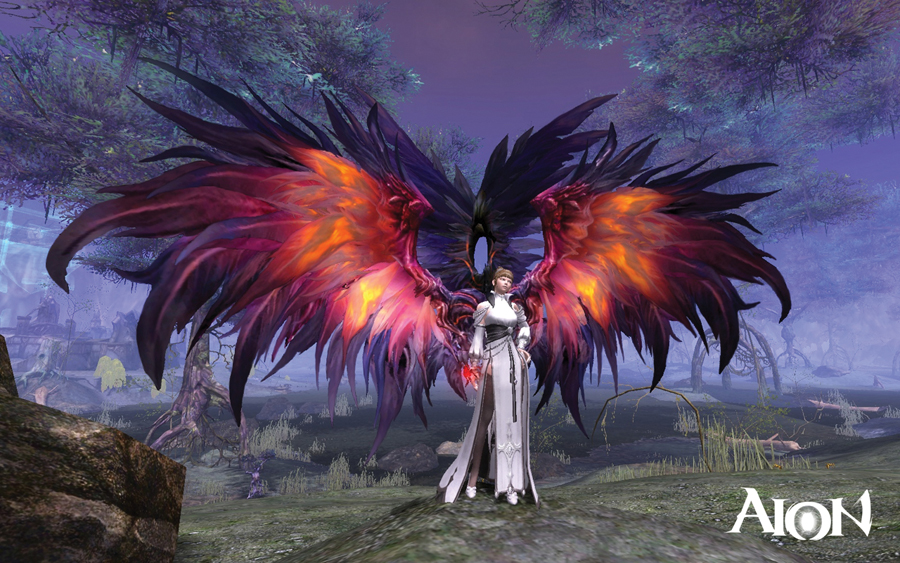
Meanwhile, Western brands that tried to ride K-pop’s momentum without truly understanding the culture—such as failed celebrity endorsements or awkward K-pop brand integrations—were quickly dismissed by fans as inauthentic cash grabs.
Lesson: Influence in 2025 isn’t about chasing trends—it’s about earning credibility over time through deep cultural understanding.
3. From Macro-Audiences to Micro-Communities
The traditional influencer economy was built on macro-celebrities commanding massive audiences. But as skepticism toward mainstream influencers grows, brands are shifting their attention to micro-communities—smaller, highly engaged groups that have deep trust within niche cultures.
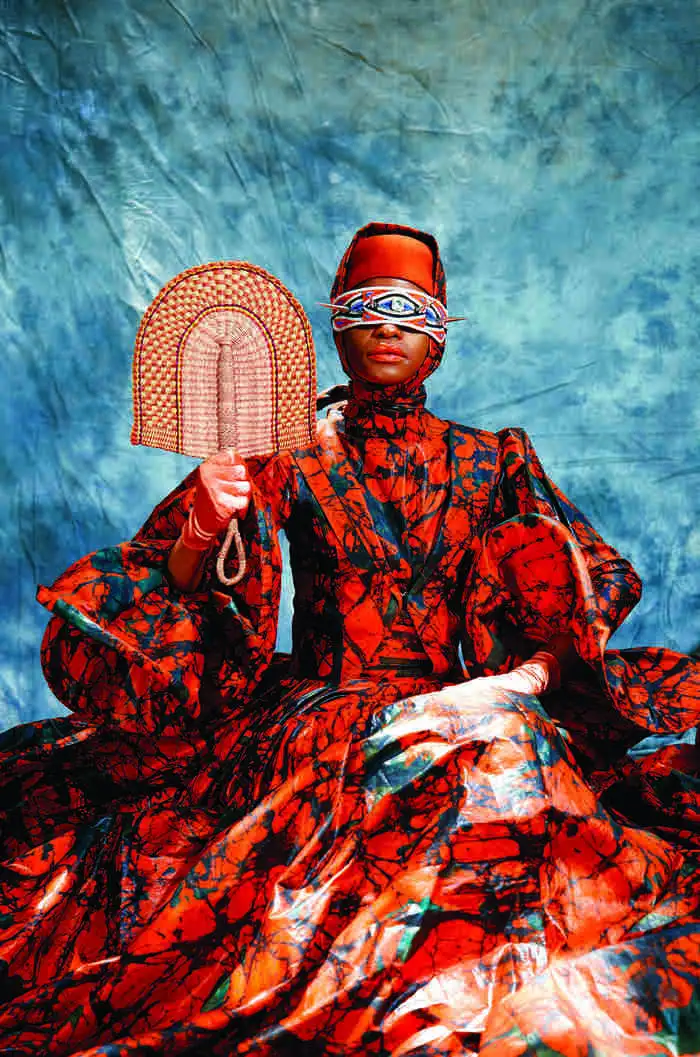
Look at the rise of Afrofuturism in the luxury fashion industry. Brands like Dior and Louis Vuitton are moving beyond simple “inclusivity campaigns” and are now embedding themselves within real cultural ecosystems—collaborating with African digital artists, NFT creators, and underground fashion designers to create collections that resonate beyond surface-level representation.
These collaborations aren’t just for show—they are influencing the global luxury market, proving that influence is no longer dictated by mass appeal but by the power of subcultures.
Lesson: Micro is the new macro—smaller, high-trust communities now hold greater power than mass audiences.
4. From Passive Audiences to Co-Creation
The influencer economy used to be one-directional—creators made content, audiences consumed it. But 2025 is the era of co-creation, where influence is measured by who can inspire participation rather than just views.
The Thai film and drama industry (T-Drama) is a perfect example. Unlike traditional Hollywood releases, T-Drama fandoms actively shape narratives, fund projects, and create global movements through online communities. Series like 2gether and KinnPorsche gained international traction not just because they were good stories, but because their audiences were part of the storytelling process—from fan edits that influenced official promotions to real-time script changes based on audience feedback.
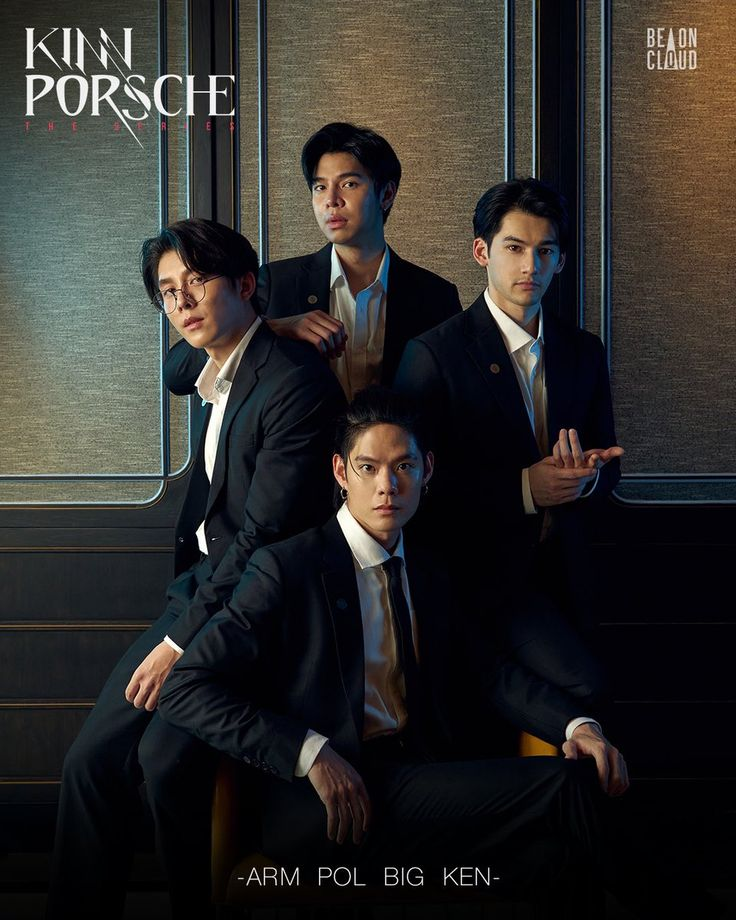
Brands that recognize this shift—like Netflix’s increasing focus on fan-driven content experiences—are winning the long game. Those that don’t will continue to see declining engagement despite massive follower counts.
Lesson: Influence in 2025 is interactive—brands and creators who co-create with their audience will outperform those who simply broadcast to them.
The New Influence Playbook
If brands, creators, and strategists want to remain relevant in 2025 and the next five years, they need to embrace the new rules of influence:
✔ Embedded cultural capital beats surface-level engagement
✔ Credibility beats momentary virality
✔ Micro-communities beat macro-followings
✔ Co-creation beats passive consumption
The Future of Influence = Depth, Not Just Reach.
Are you ready for the shift?
